On September 28, 2018, the Indonesian island of Sulawesi was struck by 7.5 magnitude earthquake with its epicentre located around 75 km away from provincial capital Palu. the earthquake and tsunami wreaked havoc in central Sulawesi, killing at least 2100 people with many more still missing, displaced tens of thousands and forcing them to live in tents in the harsh tropical climate with impeding rain season.
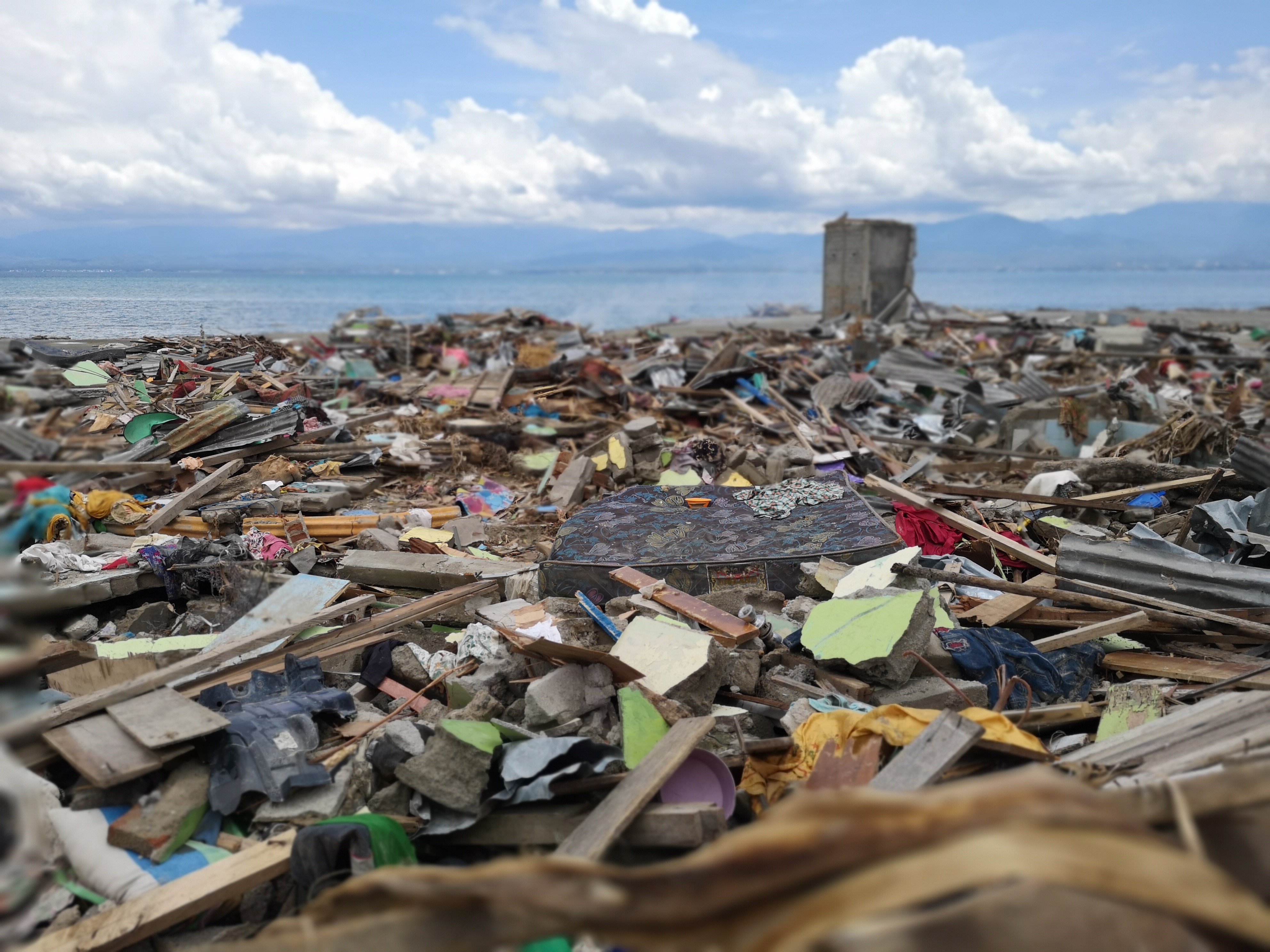
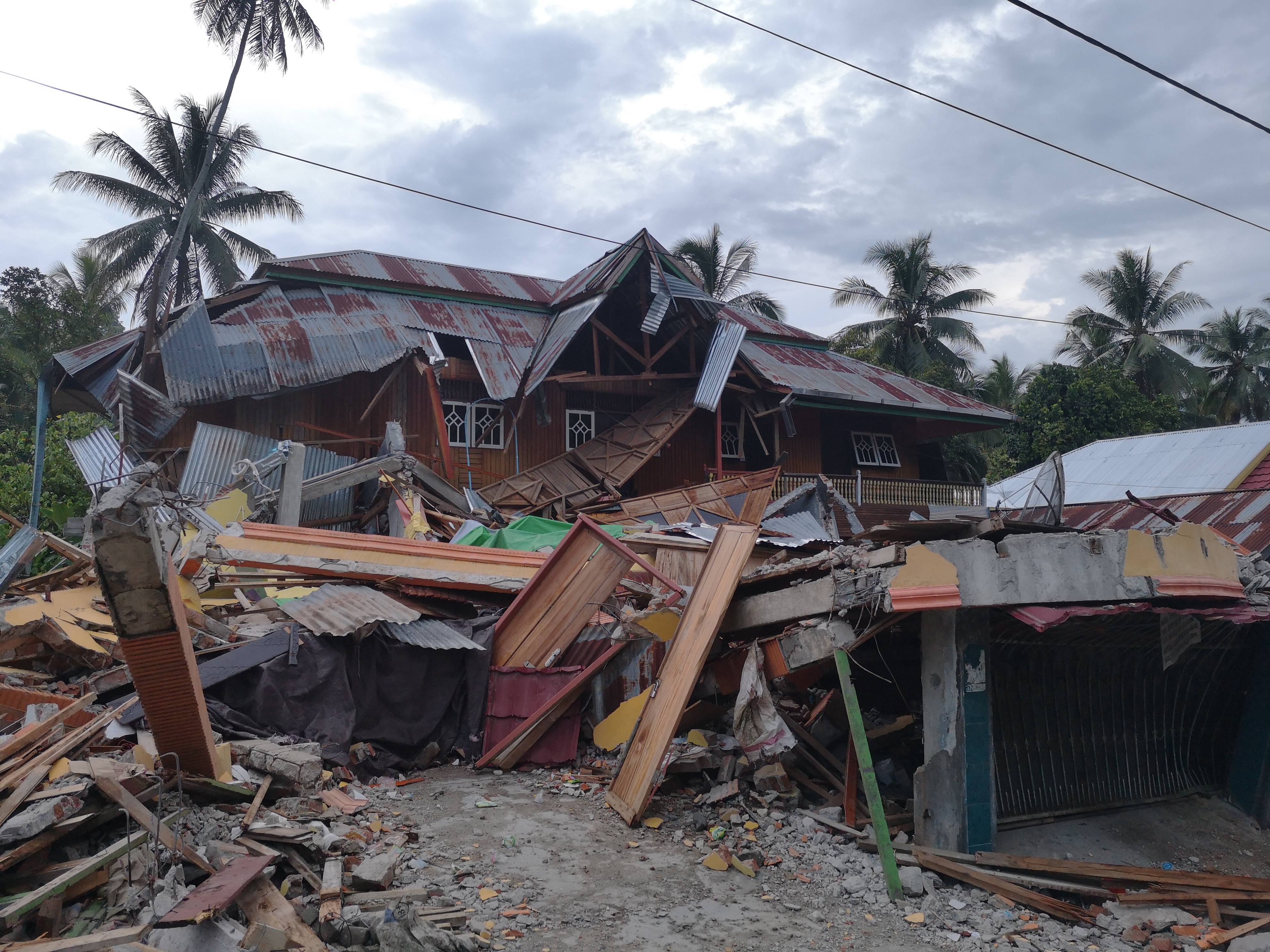
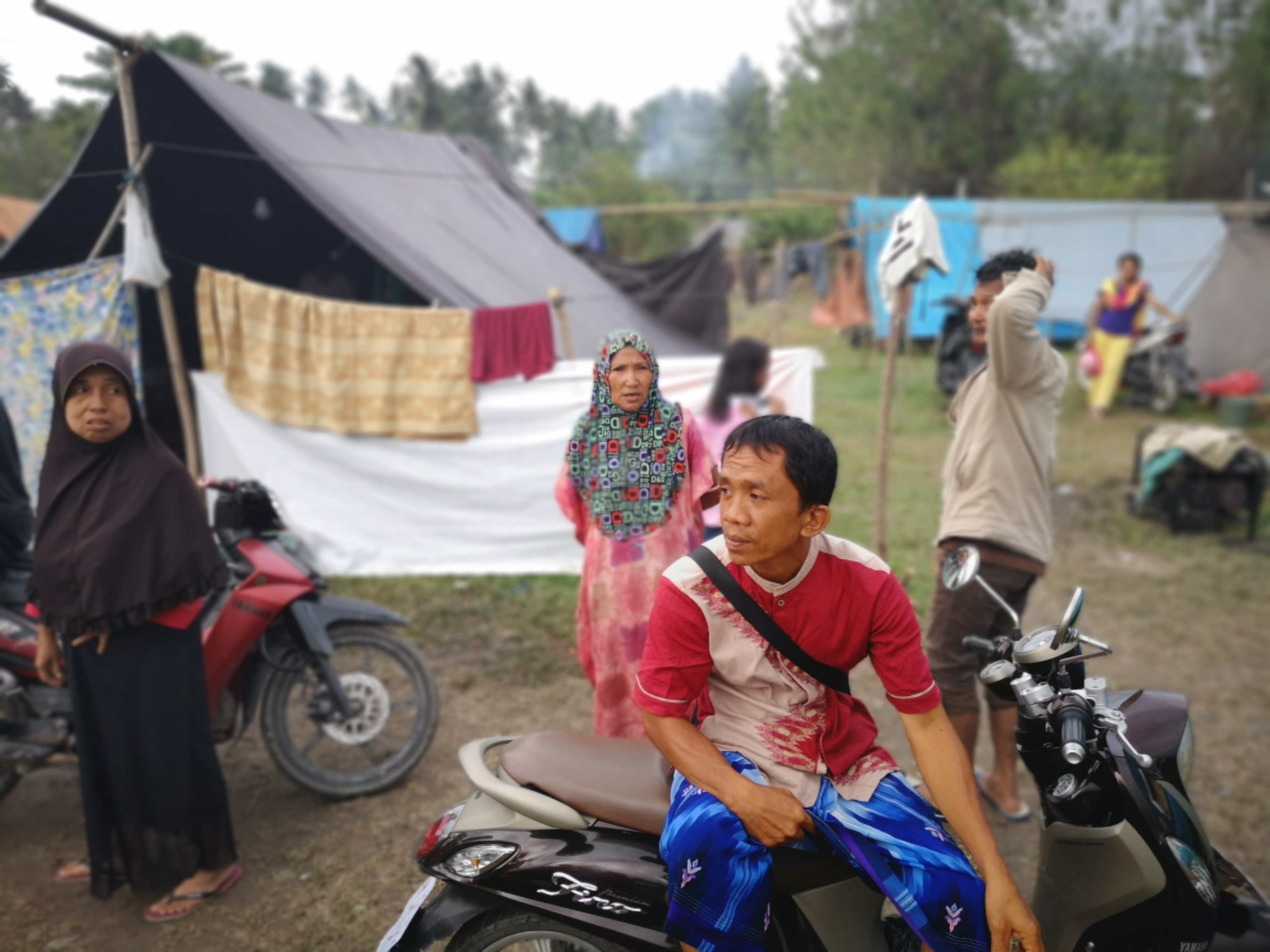
This has been the largest and deadliest earthquake this year and it triggered a major relief operation with many NGOs rushing in to help the survivors and kickstart recovery. The Disasters Emergency Committee in the UK launched an appeal usually reserved only for the largest humanitarian crises and I was on a plane as soon as it was humanely possible to produce audio visual content for their social media and fundraising purposes. I also got in touch with my friends at Nethope who were also sending a team to assess the situation and deploy their connectivity experts.
As soon as I landed in Jakarta things got complicated. Accessing Palu was still a logistical nightmare with no commercial flights available so many relief organizations and media resorted to an arduous 24 drive from Makassar. But as in many disasters rumors soon started to spread and everyone I spoke to had a different opinion / advice / warning. We were told the drive from Makassar is not recommended due to lack of fuel en route and looting and security concerns.
To make things more complicated the Indonesian government issued draconian restrictions on foreigners participating in relief and recovery efforts in Palu and we were told we won’t be able to get into Palu no matter what. Some said it’s the lessons learnt from Aceh earthquake years ago, others blamed politics for the decision. I will keep my opinion to myself…
Nethope team eventually pulled out and instead sent their equipment on a cargo plane organized by Save the Children. My role was different and I needed to go into Palu to inform the DEC supporters in UK about the situation there and the ways the organizations are helping on the ground.
With some creative blagging I got into Palu with Save the Children team and a letter form DEC and went straight to work.
[wpvideo qAsc5y4t]
The situation in and around Palu was a perfect storm of earthquake, tsunami, soil liquefaction and mudslides cutting the remote mountain communities off for days. No water, no food, seriously damaged power grid and limited connectivity made the situation hard even for the well equipped responders, let alone the survivors who often fled in the clothes they had on and nothing else.
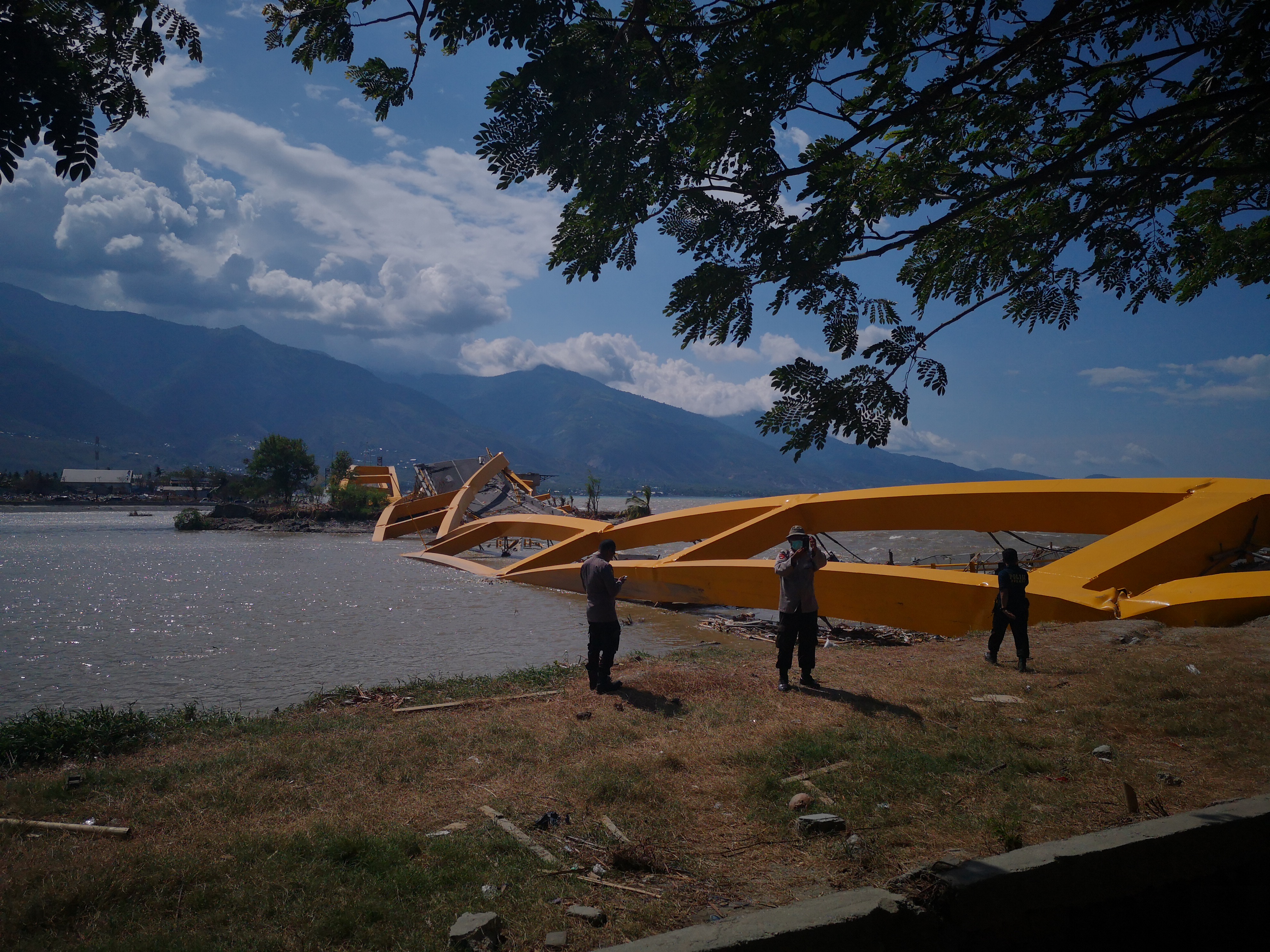
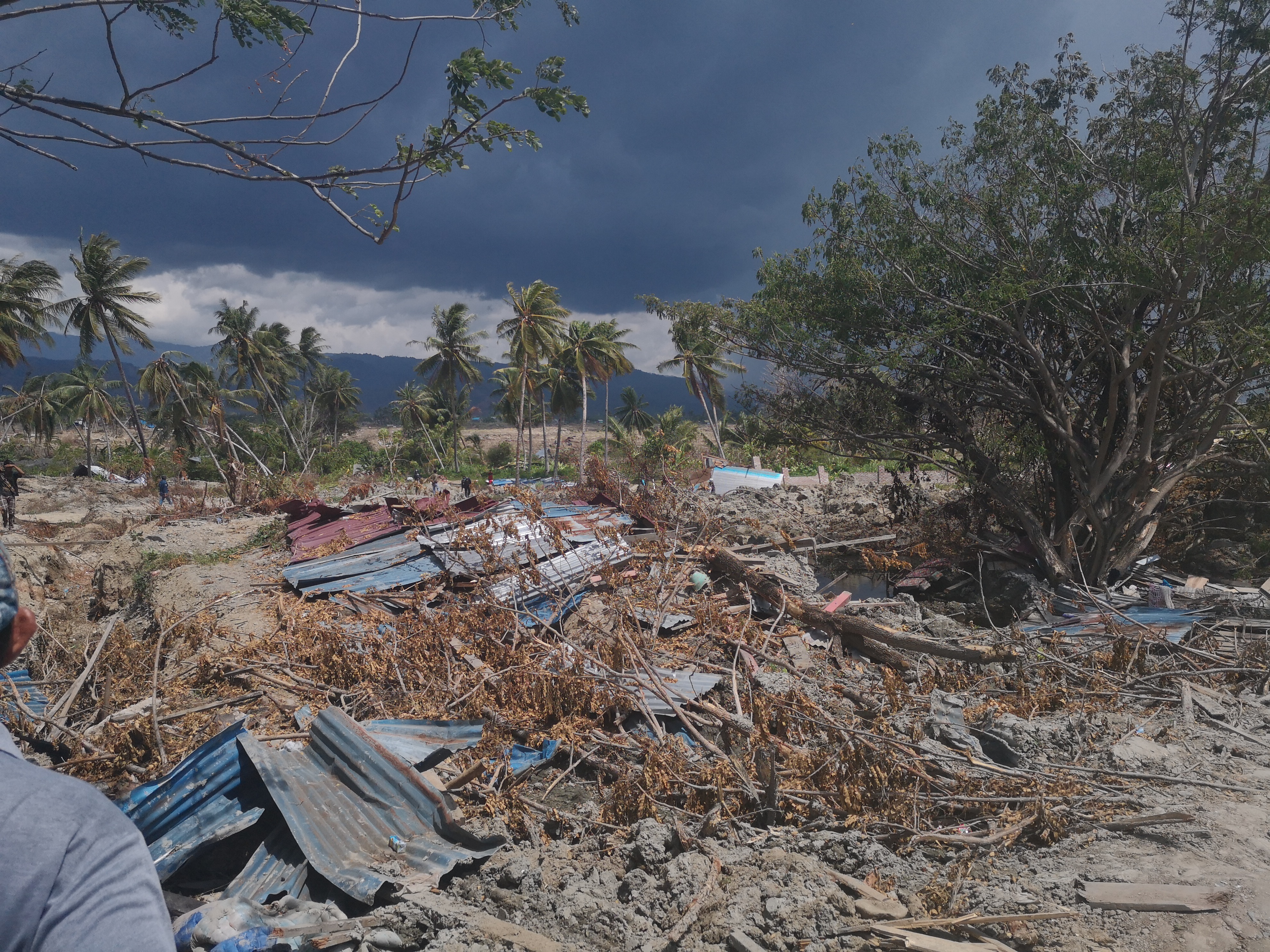
I made my base in a small room on the outskirts of Palu in a neighborhood left relatively undamaged by the disaster. It was basic but I had a roof over my head, electricity and a bucket of water to wash myself. With some food I bought in Jakarta and leftovers I scavenged from the media teams leaving Palu, I set DoGoodFilms’ home away from home in there. In a stroke of genius I met a German chap Bernt Unger who was running a forestry program in Palu and in his office was … THE INTERNET. I was set!
I would spend each day with a different DEC member agency, filming all day and editing and uploading content to London overnight so they had fresh batch of stories each day to spread over their social media platforms. Days were long, hot and humid but the content was good and the workflow miraculous given I had to upload several GB of data each night in a place just recovering from an earthquake that seriously damaged communication infrastructure.
DEC has produced a large number of media output using my footage which you can see below. I left Palu remembering it as a land of million smiles, wonderfully resilient and generous people and I hope to get back there one day in a less dramatic circumstances…
68,000 homes were destroyed by the Indonesia earthquake and #tsunami. DEC charities like @oxfamgb are helping people like Mas'ad who lost their homes and are still traumatised from the disaster. There is still much to do. Can you help? Donate here: https://t.co/KtzQ21tnN9 pic.twitter.com/rG8hNBXT4y
— DEC (@decappeal) November 26, 2018
A quarter of the 200,000 people in urgent need of assistance following the Indonesia earthquake and #tsunami are children like Ayu. This #WorldChildrensDay, can you help them have a brighter future? Please donate here: https://t.co/KtzQ21tnN9 pic.twitter.com/Fm9gEeIZCh
— DEC (@decappeal) November 20, 2018
Watch this video to see how DEC member charities, such as @BritishRedCross & their partners in #Indonesia, are working with local authorities to deliver #aid to over 200,000 people left in need of help after the #tsunami & earthquake.
Click here to help: https://t.co/KtzQ21tnN9 pic.twitter.com/3fBARTBTp5— DEC (@decappeal) November 18, 2018
"My house just disappeared – swallowed by the mud."
Budiman is one of the 200,000 survivors of the Indonesia earthquake and #tsunami who urgently need your help after losing everything. Donate today: https://t.co/KtzQ21tnN9 pic.twitter.com/ysQijGX7ZE
— DEC (@decappeal) November 17, 2018
Bakti was found alone after the earthquake and #tsunami tore his family and community apart. Now he's been reunited with his parents. Help families like his rebuild their lives after this disaster. Donate now: https://t.co/KtzQ21tnN9 pic.twitter.com/IocqZGtbSf
— DEC (@decappeal) October 28, 2018
Ayu wants to be a doctor when she grows up. She received medical aid from a partner of @christian_aid, but there's still much more to do to get children like her back to school after the Indonesia #tsunami. Can you help? Donate here: https://t.co/KtzQ21tnN9 pic.twitter.com/3N1TKVSX6t
— DEC (@decappeal) October 24, 2018
A huge thank you to everyone who has donated to our Indonesia #Tsunami Appeal so far. The appeal has now raised a massive *£17 million*. DEC charities are putting your donations into action, but there is much more to do. To donate: https://t.co/UJbzXE8cee pic.twitter.com/Lt6Je8Zyg6
— DEC (@decappeal) October 19, 2018
Here's our partner charity @IslamicReliefUK delivering food aid and shelter to survivors of the Indonesia tsunami. You can help them reach more of the survivors. To donate: https://t.co/KtzQ21tnN9 pic.twitter.com/GxzN1nV5rn
— DEC (@decappeal) October 12, 2018
Girls suffer disproportionately during emergencies. This #DayOfTheGirl let's stand with girls affected by disasters around the world, like Viola.
Help save survivors of the Indonesia #tsunami: https://t.co/UJbzXE8cee pic.twitter.com/Ic1lyixnlz
— DEC (@decappeal) October 11, 2018
https://www.facebook.com/DisastersEmergencyCommittee/videos/918995834962725/
Share your thoughts in the comment box below!
Ivo,
DoGoodFilms

